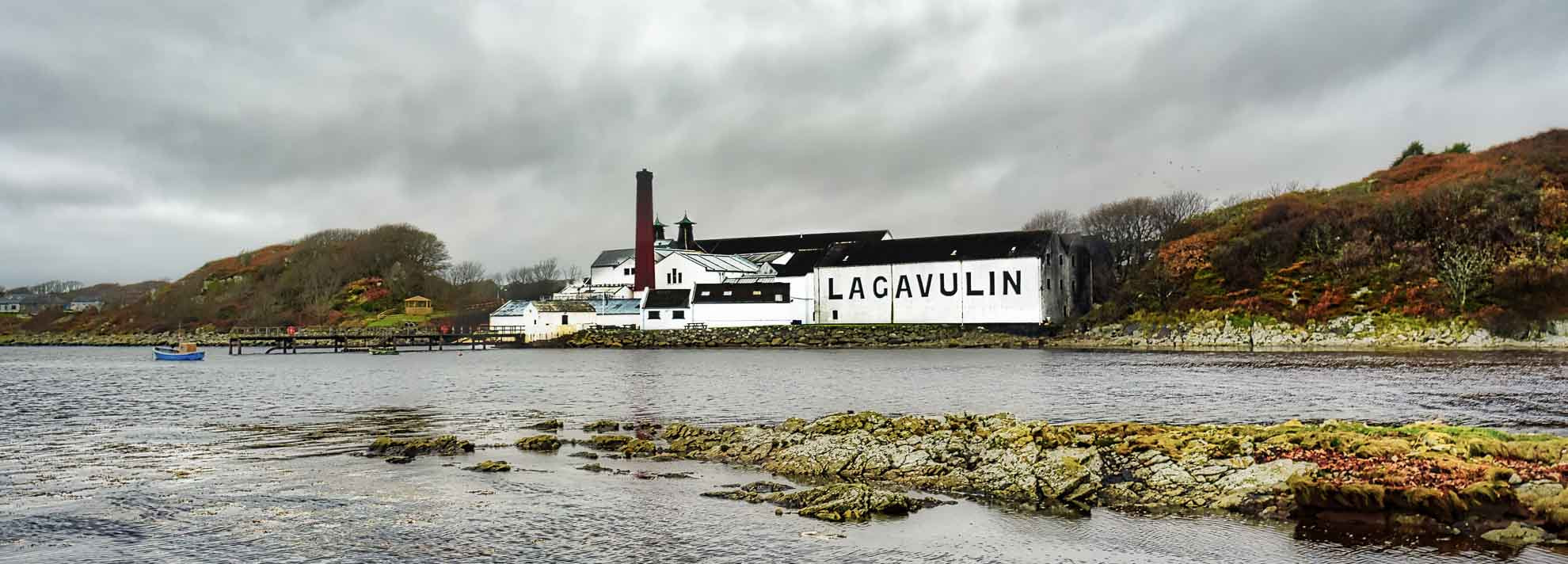
ISLAY SCOTCH WHISKY PART 1 – TOURING THE SOUTHERN DISTILLERIES
Covering roughly 240 square miles and with a population just under 3,300, the Scottish island of Islay, boasts one of the most prestigious line ups of scotch whiskey in the world. Packing 9 working distilleries into this little piece of land is impressive enough, but to have each and everyone of them pumping out 90+ ratings on a regular basis is unheard of. In this 3 part series, we will take a closer look at the distilleries of this ancient isle and hopefully give you some insight into and encouragement to try these (predominately) peaty spirits. We’ll begin our tour in the southern end, where some of the most recognizable names reside.
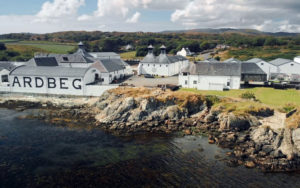
ARDBEG – A rare case of a Scottish distillery that’s pronounced like it looks. Ardbeg, like many of the distilleries on Islay, has a long, and sometimes up and down past.
Opened in 1815, Ardbeg was the largest distillery on Islay for a time, supporting an entire community. Now, it is the second smallest. How things can change. However, Ardbeg has embraced marketing in a big way and is one the most popular brands throughout the world.
As one of the most heavily peated spirits on Islay, Ardbeg is often portrayed as an untamed spirit. However, thanks to a purifier on the spirit still, the new-make spirit is elegant and sweet, with a citrus-fruit character that sets the matured whisky apart from the other distilleries on the island.

There have been a few closures in its more recent history. Full scale production was halted in 1981, then throughout the rest of the 1980s, the distillery only operated occasionally but resumed on a limited basis in 1989 and continued at a low level through late 1996, during this period Ardbeg was owned by Hiram Walker. In 1997 the distillery was bought and reopened by Glenmorangie.
Since 2004, the distillery has been owned by the French company Louis Vuitton Moet Hennessy, which has continued to produce the heavily peated style for which the distillery is famed. The style and character of the whisky has attracted millions of fans, and as we will see with many of the other Islay distilleries, people travel from all over the world to make their pilgrimage. Ardbeg is cherished by those who have discovered it and should have a place in everyone’s whisky bar.
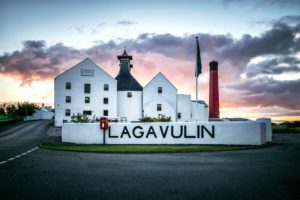
LAGAVULIN – Pronounced Lag a voo lin. Nestled between Ardbeg and Laphroaig on the south coast of Islay, Lagavulin has a history of disagreements and lawsuits. Founded in 1816, a year after Laphroaig and Ardbeg, it has been in fierce competition with its nearest neighbor ever since.
Peter Mackie, creator of the White Horse blend, owned the distillery in the late 1800s and was also the sales agent for Laphroaig. When he lost the agency in 1907, he decided to build a new distillery at Lagavulin that would make whisky that was identical to Laphroaig, called Malt Mill. Unfortunately (or fortunately…depending on your point of view) his planned failed, and the whisky tasted nothing like Laphroaig and Malt Mill closed.
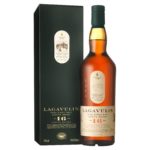
The whisky produced at Lagavulin produce a wide range of characteristics. Yet compared to Ardbeg and Laphroig, Lagavulin produces a somewhat limited line. The stills are run very full, which reduces the amount of copper contact the spirit has, so the distillation is slow. Both of these factor in creating the distillery’s versatile and weighty spirit. Maturation is mostly in bourbon casks, with a few ex-sherry casks used to create the signature character within some of Lagavulin’s older whiskies.
In its youth, the distillery’s whisky is feisty and raw, with huge seaside smokiness. As it ages, it quickly gains weight and elegance, as in the classic 16-year-old release (pictured to the right) which is always highly ranked and known as one of Islay’s most consistently excellent drams.
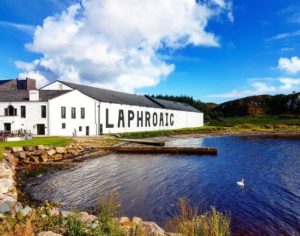
LAPHROIG – Pronounced La froy. Easily the biggest-selling whisky of Islay, selling more than one-and-a-half times as much as its nearest rival, Laphroaig is also the most divisive. Famously medicinal in character, the distillery has been described as a burning hospital, based on it’s smoky iodine character – you either love it or hate it. Fortunately for Laphroaig, lots of people love it.
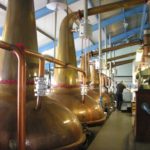
Founded in 1815, it is the first of the three south-coast distilleries you reach when travelling from nearby Port Ellen. It was owned by the Johnston family and their descendants until the 1960s, when distillery manager Bessie Williamson sold her remaining shares to Long John. Since then, a succession of managers have steered the distillery to its current place as Islay’s number one producer.
The spirit is made from both malt brought in from Port Ellen and malt produced from the distillery’s own maltings. Unlike other distillers on the island, Laphroaig’s own malt is even smokier than that produced at Port Ellen. It is kept apart from the other malt during mashing, fermentation and distillation, plus the spirit it produces is matured separately. This, along with the unique combination of three wash and four spirit stills, gives Laphroaig a large amount of flexibility when creating their own whiskies and a range of different styles of spirits. In recent years, much like the rest of Islay, Laphroig has marched out a fairly aggressive line of specialty malts. However, Laphroig 10 is still the classic and the best place to start.
This is part 1 of 3 features on the distilleries and scotches of Islay. I invite you to dive in and try some of the classics from these 3 classic distilleries. I recommend Ardbeg 10, Lagavulin 16 and Laphroig 10 as starting points. Once you pick a favorite distillery (good luck with that), branch out and try some of their limited releases. We’ll be back next time with the Non-peated distilleries (for the most part) to give you an idea of their history and what they have to offer. Until then…slainte!
